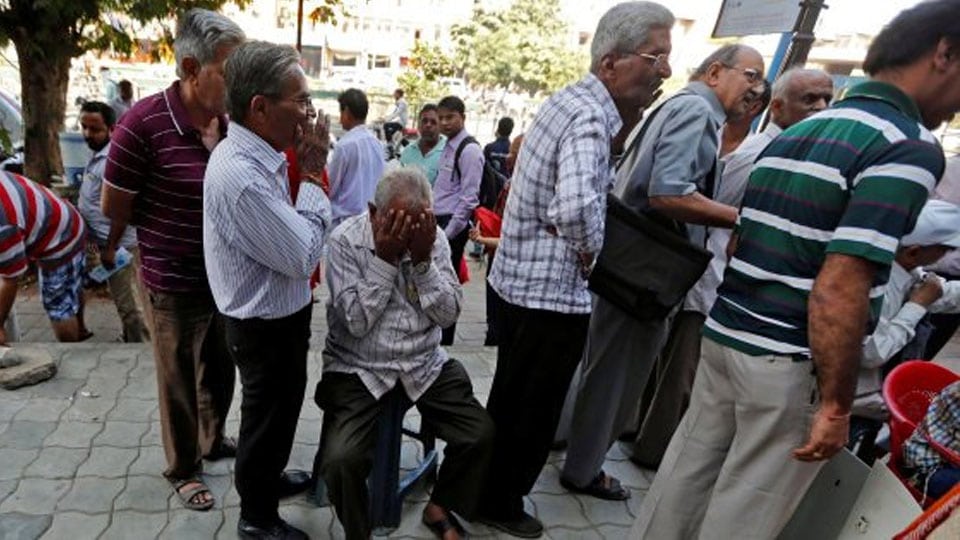The monetary measure of the market value of all final goods and services produced in a specified period (quarterly or yearly), commonly used to determine the economic performance of a whole country (or a region such as a State) and to make international comparisons being expressed as Gross Domestic Product (GDP), the share of services in the case of India has currently crossed the 50 percent mark, with the remaining part being shared by agriculture (15 percent) and industry (35 percent). In this backdrop of the service sector dominating GDP of the country, one is likely to infer that the land’s people are blessed with services of all sorts to their full satisfaction from the view point of their quality and promptness. Barring a few all-too-familiar components of the set of services meant to create a sense of satisfaction to the recipient sections in the population, one cannot be faulted to rank the services with a monetary value of multi-million dollars which the citizens must get in the usual course very low.
Even as the government concedes and recognises the importance of promoting growth of the service sector and provides several incentives to the various components of the sector, particularly health care, education, transportation, banking, finance and so on, the quality, as is well-known, has proved the biggest casualty with no signs of change for the better. The banking sector has just been bestowed the spotlight for its causing worries to the government and distress to the citizens.
The famous quote of Benjamin Franklin (1706-1790) “In this world nothing can be said to be certain, except death and taxes” may have to be enlarged to include old age, provided one crosses the bar of three-scores-part of the Biblically-granted life span of three-scores-and-ten (60+10 years) for human beings. This addition to Franklin’s unquestionable verdict assumes relevance, meaning and importance in the context of the connect between services (such as banking) and their recipient target section in the population, honourably identified as senior citizens, a seniority that should not be mistaken with seniority of government staff, which brings with it a rise in hierarchy and fatter pay cheque. That apart, the aforementioned connect continues to be marked more by disconnect, that is the services sector has ungrudgingly left the senior citizens high and dry.
Having highlighted only the banking sector for its neglect of senior citizens in the foregoing preamble, the news in a section of the press published last week that “senior citizens of more than 70 years of age can look forward to availing basic banking services, right in the comfort of their home” following a directive from the Reserve Bank of India, with December as the deadline is bound to bring cheer to the senior citizens. They couldn’t have asked for more.








Recent Comments